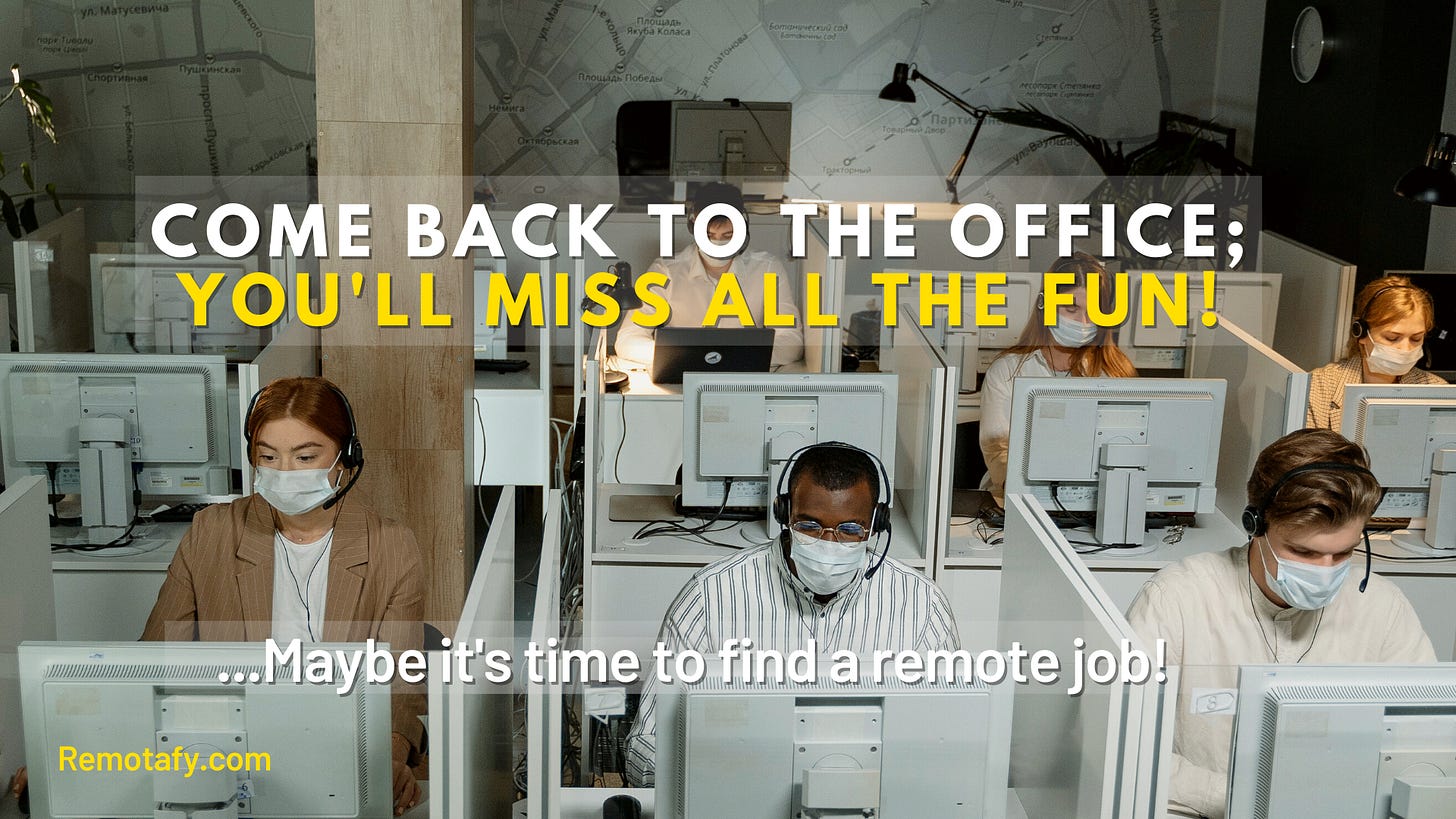After about three rounds of trying to get workers back to an office setting, this time it looks real. The uptick in Covid-19 cases caused the first foray into returning to headquarters to be pushed back. When things looked better, Delta and Omicron variant waves hit, forcing businesses to relent on their plans to get employees out of their homes and into cubicles. Two years after the start of the pandemic, it looks like this time the executives will have their wish. Companies in all sectors—ranging from tech to Wall Street—are announcing their timelines for returning. The dominant style of work is the hybrid model, in which people will be asked to go to work for two or three days a week at their office and the rest of the time from home or wherever they so choose.
Unless We Future-Proof Healthcare, Study Shows That By 2025, 75% Of Healthcare Workers Will Leave The Profession
We believe doctors and healthcare professionals aren’t supposed to leave medicine, as it’s a calling and profession for life. There are challenges, but the satisfaction of helping others in need, along with the social status and compensation, made healthcare workers proud. However, times have changed. Their existing burnout was heightened during the pandemic.
International Recruiter Shares What’s Happening In The Tech War For Talent
Flush with venture capital funding, there has been an incredible boom in new startups. These innovative and fast-growing companies, platforms and apps run the gamut, but have one thing in common: they can’t find enough talent to fill all of their needs. The lack of qualified applicants holds back businesses from blossoming.
In China, 37 Million People Are In Covid Lockdown—Here’s What We Know
Tens of millions of people are living under lockdown in China, as the country battles its worst Covid-19 outbreak since the early days of the pandemic. This outbreak has spread far faster than previous waves of less infectious variants, with daily cases skyrocketing from a few dozen in February to more than 5,100 on Tuesday — the highest figure since the early 2020 outbreak in Wuhan.
US Workers Want More Pay And Better Perks, So More Than Half Are Considering Switching Jobs
In a survey last June, Prudential Financial found that about a quarter of US respondents planned to leave their employer once the risk of the pandemic had decreased. Well, here we are—Covid restrictions in the US are lifting, offices are reopening—and sure enough, 22% of participants in Prudential’s newest survey say they are already hunting for a new role.
Rotten Managers Are To Blame For The Surging Wave Of Job Burnout—And The Fix Has To Come From Them, Not Overworked Employees
Burnout is insidious. It’s a creeping malaise that makes easy tasks feel hard and hard tasks feel impossible. And it’s not just a buzzword. Employee burnout is now recognized by the World Health Organization as a “syndrome” caused by “chronic workplace stress that has not been successfully managed.” And because there’s often no end in sight for the factors that create burnout, it leads to an absence of hope.
Goodbye Résumé, Hello Discord: How Hiring Happens In Web3
Sneha Mishra recently transitioned from Web2 to the all new world of Web3, where she is working on multiple projects and is an active community member. Over the last few months, she has received multiple messages from founders who want to hire her. On email or LinkedIn we ask? On Discord (a voice, video and chat app), she replies. Web3, the next version of the Internet, where services will run on blockchain, is not just disrupting how businesses will be built but also disrupting jobs and the future of hiring.
Why Workers And Employers Are Ghosting Each Other
Wher dream role. After passing a first-round phone interview and meeting team members in person, all Laura had to do was meet a senior-level executive. “It was presented to me as a formality,” she says. “The interview went well, and I was later told I’d got the job.”




